When it comes to purple clay, it's a must-have brewing tool for every Tea lover, known for its excellent breathability and other benefits that need no further elaboration, as everyone is well aware.
The prices of purple clay Teapots vary widely, leaving customers bewildered when they enter a store. Some can be as low as a few dozen yuan, while others can reach hundreds of thousands or even millions of yuan. Why is this so? In fact, the price is determined by three main factors: the clay, the craftsmanship, and the artist's title. So, how do you purchase a high-quality purple clay teapot at a reasonable price? Let me explain.
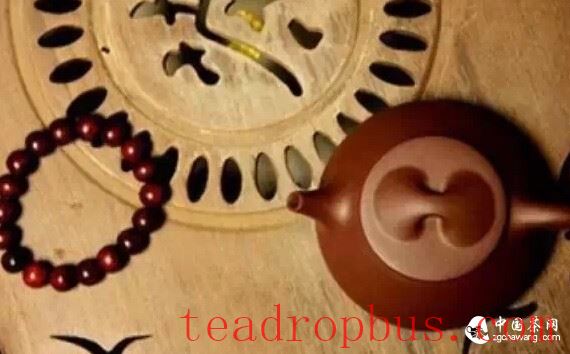
Clay: The most crucial aspect of a good purple clay teapot is the quality of the clay used. If the clay is not good, the value of the teapot is significantly diminished. This is why sellers on Taobao claim to use original clay from Huanglong Mountain; in reality, however, most purple clay teapots do not use clay from Yixing.
The main sources of purple clay currently are:
Huanglong Mountain Clay: Primarily sourced from existing stock, with an estimated quantity of around 500 tons, the majority of which is high-quality clay.
Clay from Outside the Mountain: Mainly sourced from areas like Changxing in Zhejiang, Liyang, Qiting Town, and Zhangzhu Town in Yixing. How is the quality of clay from outside the mountain? Rest assured, the claims that purple clay is unique to Yixing are not entirely accurate. Based on the geological layers where purple clay deposits are found, similar clays can exist worldwide in areas with geological structures similar to Huanglong Mountain. In recent years, especially high-quality purple clay from Changxing, Zhejiang, has been discovered, leading to the creation of new products that are ideal for making medium to high-end purple clay teapots.
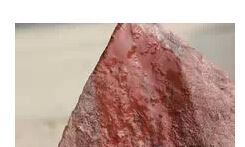
Chemical Clay: This is the type of clay exposed by CCTV. Chemical clay is used primarily to enrich the colors of purple clay, typically for flower pots and planters. Low-grade hand-pulled teapots often use this kind of clay. Generally, teapots priced at a few hundred yuan would not use such clay, but there are exceptions, mainly in decorative parts.
So, what exactly constitutes good purple clay?
The answer is: Original clay stored from Huanglong Mountain and high-quality clay from outside the mountain are both considered good clay materials.
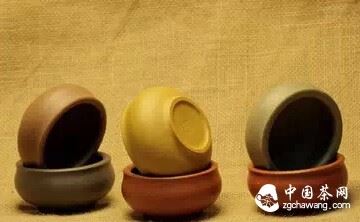
When choosing a teapot based on clay, I recommend: old purple clay, clear clay, and Jangpo clay. These three types of clay have fewer fakes and are high-quality, affordable options. For higher-end options, consider: Dicaoqing (bottom groove green), zini (red clay), duan clay, Ben Shan green clay, black clay, and white clay.
The current price range for clay is: 0.5 yuan, 5 yuan, 10 yuan, 12 yuan, 50 yuan, 300 yuan, and upwards. For purple clay teapots priced in the hundreds, the cost of the clay is generally about 10 yuan per catty (500 grams)!
Manufacturing Process: The manufacturing process for purple clay teapots can be divided into fully handmade, semi-handmade, and a method introduced in recent years called slip casting and wheel throwing.
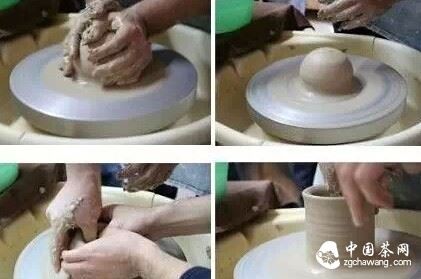
Slip casting and wheel throwing are not traditional methods for making purple clay teapots. The production volume is astonishing, with one person able to make over a hundred teapots in a day. Teapots made using this process have a glass-like gloss on the surface and marks from the wheel on the inner walls. They are also extremely cheap. This process usually uses low-quality clay.
Semi-handmade: A method that uses certain forming tools or plaster molds. Teapots made with this method typically have denser clay on the inside than the outside and can be produced in large quantities. However, this does not mean the teapots are of poor quality. On the contrary, teapots made using molds, especially those with well-designed molds, tend to have regular and attractive shapes. With additional manual finishing, these teapots can be practical and cost-effective. Most sets of teapots and commercial teapots are made using this process.
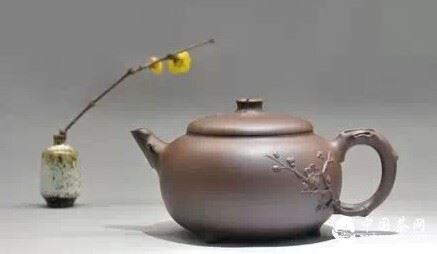
How can you identify such teapots? Generally, the price can give you a clue. Teapots priced below 500 yuan on the market are likely made using this method. This includes teapots made by artists with titles ranging from folk artists to senior artisans.
Fully Handmade: These teapots are crafted entirely using traditional handwork techniques. Such teapots are rare on the market, mostly made by renowned artists. There are also some folk artists who specialize in handwork and produce high-quality teapots using this method.
How can you identify fully handmade teapots? Here's a reference price: teapots made by folk artists typically start at around 500 yuan, but this is not a definitive rule. After all, the price depends on the specific craftsmanship of each teapot, and first-class and second-class products cannot be priced the same.
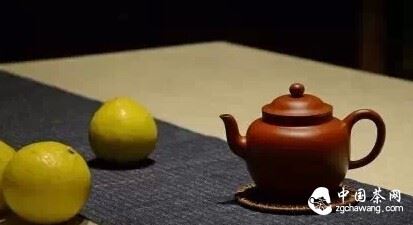
The Issue of Artist Titles
The title of an artist is a problematic term. Since the introduction of titles, the industry has seen an increase in exaggerations, deceit, and fraud. Consider this: did ancient purple clay artists have titles? And yet, their works were still passed down because they relied on their exceptional skills!
Currently, the recognized titles, as certified by relevant institutions, include: Local Craft Artisan, National Craft Artisan, Local Assistant Craft Artisan, National Assistant Craft Artisan, Local Craft Artisan, National Craft Artisan, Local Senior Craft Artisan, National Senior Craft Artisan, and Research-Level Craft Artisan. Typically, it takes at least four years to advance from one level to the next, and a university or bachelor's degree is required.
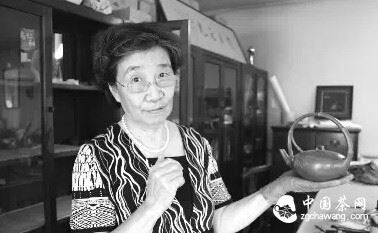
After understanding the three aspects of clay, craftsmanship, and artist titles, you should have a clearer picture. However, some may still wonder why the prices of purple clay teapots range from a few dozen to hundreds of thousands of yuan. Don't worry, keep reading.
People who buy purple clay teapots can be roughly divided into two categories: those who simply want to drink tea and those who buy teapots for Drinking Tea, appreciation, and investment. If you fall into the first category, you can buy commercial teapots, regardless of price, as long as the finished product is free of harmful substances. For the second category, buyers need to be more cautious. Just like antiques and paintings, newcomers in the purple clay industry will need to learn through experience.
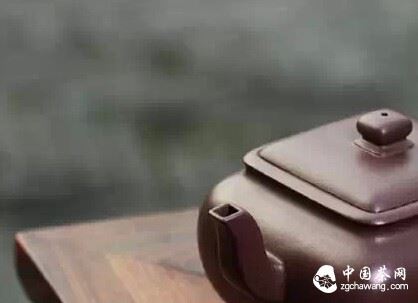
Firstly, if you want a teapot to enjoy while sipping tea, I suggest buying a fully handmade teapot, as only fully handmade teapots are truly unique. If you have the opportunity, try comparing them; you'll notice differences in shape, detail work, and the overall tension of the body.
Secondly, assuming there are